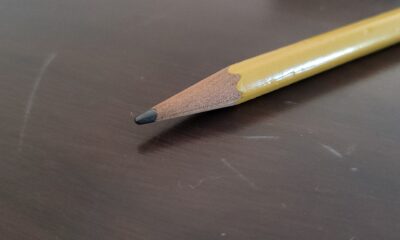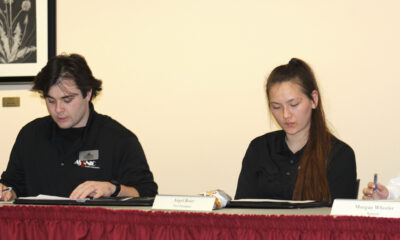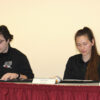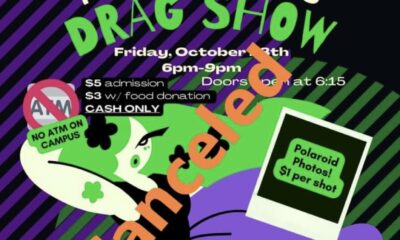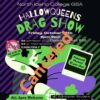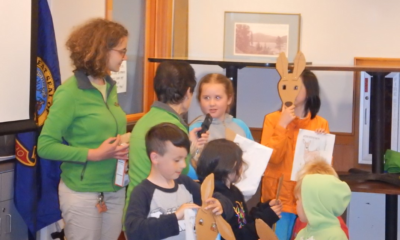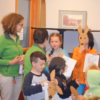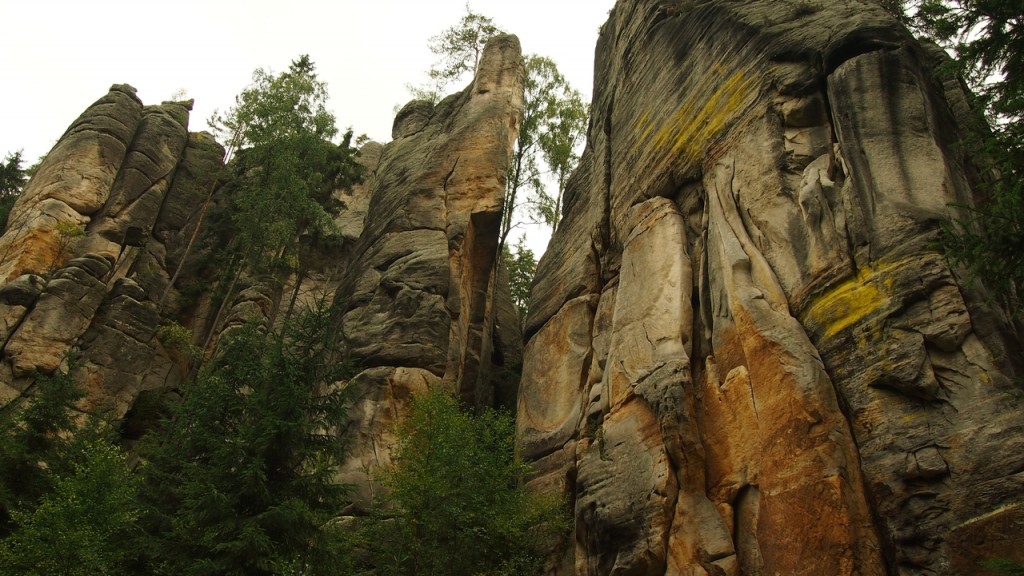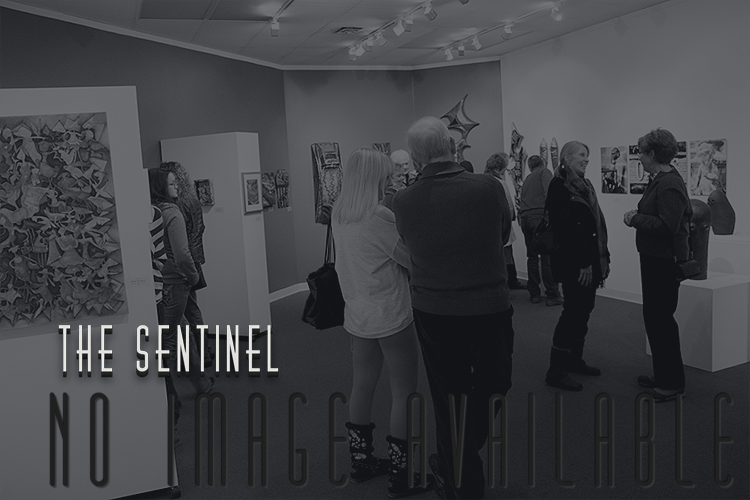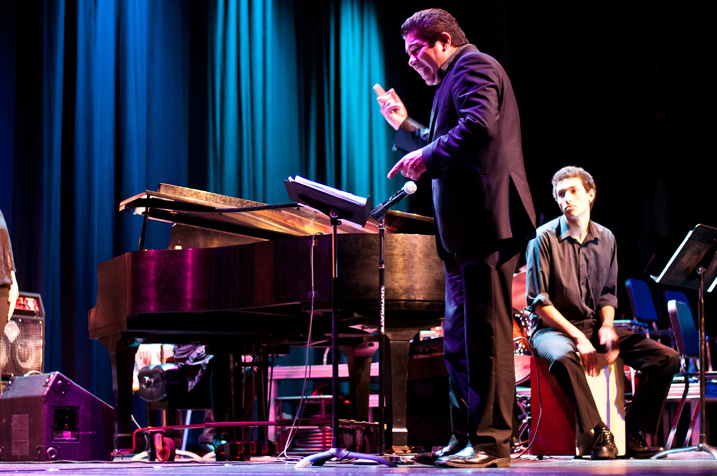Robbie Paul’s journey began on the night she almost took her own life.
Six months before, her husband left her. Paul, an enrolled Nez Perce tribal member, said she “was going to be that tough Indian woman and not feel.” She fell into a deep depression, refusing to acknowledge her feelings—but her buried emotions came out one night when Paul was on the phone with her daughter.
“I didn’t want to be here. I was on a downward spiral,” Paul said. “My daughter was really concerned, and I hung up on her.”
Then she took another pill.
It was then, Paul said, that she heard a voice: “Answer the phone,” it said, and when Paul picked up the receiver, her counselor was on the other end.
The conversation with Paul’s counselor kept her from taking her life, she said—and it was the voice of her ancestors that urged her to have it.
“This is where I began to understand that we have to listen to our ancestors,” Paul said. “That was the night of beginning to look differently.”
Since then, Paul has earned a PhD in psychiatry and is now the Director of Native American Health Sciences at Washington State University. For years, she has also been on a personal journey to understand herself, her family and the Nez Perce people through the concept of historical trauma.
Paul spoke about this journey at NIC Oct. 26.
First identified by Maria Yellow Horse Brave Heart, historical trauma is “prominent, significant, unsettled bereavement” resulting from “generations of devastating losses.”
“In my community, the Nez Perce, we’ve had generation after generation of losses,” Paul said, particularly the Nez Perce War, which was fought in 1877.
The other problem contributing to the trauma of the Nez Perce, Paul said, is that the stories of this trauma often go unshared. Additionally, the history of the Nez Perce has always been written by non-Nez Perce authors.
“We are constantly confronted with Nez Perce history,” she said, “but not from our perspective.”
To understand her people, her family and ultimately herself, Paul said she needed to examine a timeline of history. She researched five generations of her family and tried to see how events of the past affected her in the present.
“I have to listen to my ancestors very carefully, because I’m kind of speaking for them, but I also had to pray to them to find out where to begin,” Paul said. “I had to begin with the linear history of what happened to my tribe and to my family. Where do I begin to heal?”
Paul also emphasized the importance of storytelling to the healing process. What cannot be talked about also cannot be put to rest, Paul said, allowing old wounds to fester from generation to generation.
The first step to healing those wounds was to “learn her creation story,” Paul said. She read many Nez Perce legends, searching for the one she could “tell from the heart.” Her creation story turned out to be the tale of Coyote and the Kamiah Monster, Paul said.
Coyote, a trickster who also acted benevolently, was the greatest of the animal people. In the story, Coyote slays a monster that has eaten the other animal, thereby rescuing them. Coyote then uses the monster’s body parts to create the different Indian tribes, imbuing these tribes with certain traits. According to the story, Coyote created the Nez Perce from the monster’s heart, declaring that the Nez Perce would be strong, brave and intelligent.
Intelligent. That word rang in Paul’s mind, she said, giving her confidence—and when she went back to school, her GPA shot from 2.0 to 3.8 in one semester. “When we listen to each other, we understand each other,” Paul said. “Our stories are worth dying for. Are we ready to hear our stories?”
Paul said that the first step in the healing journey is to go where the wound occurred, tell the story, begin to forgive, and let go.
“It is time for us to heal,” Paul said, “but it is also time for us to listen to each other. When we hear each other’s stories, we have a chance to heal as humanity.”


